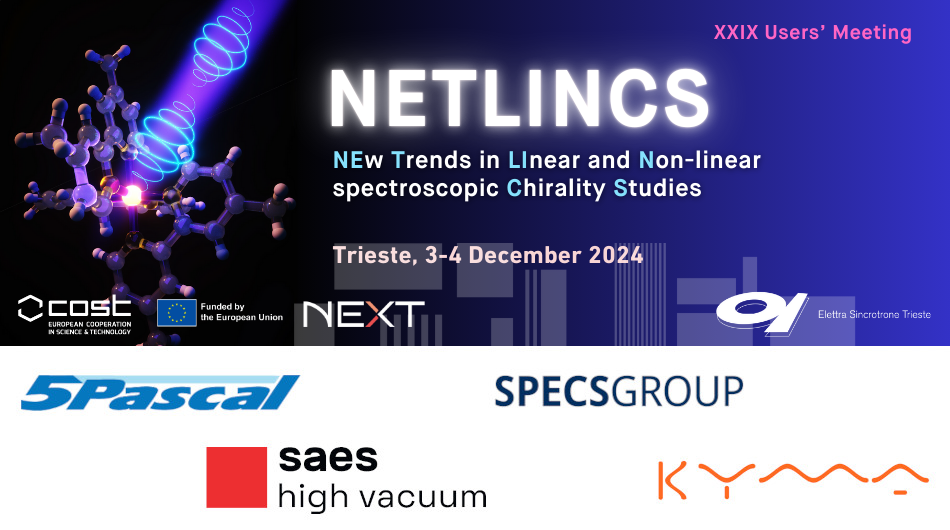Speaker
Description
The growing interest in chirality represents a notable example of convergence between different areas of research within the realm of condensed matter. The observation of skyrmions in compounds of group B20 [1] represents only the first report of a wealth of magnetic ordering [2] and collective excitations [3] that can be realized only in the absence of inversion and mirror symmetry operations. Topology predicts the existence of new Weyl fermions [4], and chiral symmetry is responsible for unique spin arrangements in momentum space [5, 6], along with large Berry curvature that is key ingredient for non-linear optical [7] and transport properties [8].
Elemental tellurium is one of the simplest chiral crystals and it is an ideal playground to study the interplay between symmetries and other interesting physical properties. In my talk I will discus how intense laser light can be used to excite coherent phonons, both total symmetric Ag mode and symmetry breaking Eg mode. By using time and angle-resolved photoelectron spectroscopy (trARPES) we can track the dynamical change in the band structure, and the comparison with state-of-the-art TDDFT+U calculation reveals the microscopic origin of the in-phase oscillations of the edge of the band-gap, due to phonon-induced modulation of the effective Hubbard U term [9]. All optical techniques, including second (and higher order) harmonic generation provide complementary information about the light-induced change in symmetry, which indicates a promising route to alter the topological phase and the spin texture in Te.
Finally, I will give an overview of our activity on other chiral semiconductors, CdAs2 and (TaSe4)2I [10], in which intense the laser light is responsible for a change in the electronic population that persists on time scale ranging from microsecond to minutes, of potential interest for opto-electronics and light harvesting based on the bulk photovoltaic effect [11].
References:
[1] A. Fert et al., Nat. Rev. Mater. 2 17031 (2017)
[2] M. Bode et al., Nature 447 190 (2007)
[3] Zhu, H. et al., Science 359 579 (2018)
[4] G. Chang et al., Nat. Mater. 17 978 (2018)
[5] G. Gatti et al., Phys. Rev. Lett. 125 216402 (2020)
[6] D. Gosálbez-Martinez et al., Phys. Rev. B 108 L201114 (2023)
[7] F. de Juan et al., Nat. Commun. 8 15995 (2017)
[8] Z.Z. Du et al., Nat. Rev. Phys. 3 744 (2021)
[9] G. Gatti et al., in review.
[10] A. Crepaldi et al., J. Phys.: Mater. 5 044006 (2022)
[11] Y. Zhang et al., Phys. Rev. B 100 245206 (2019)

